Andy Murray turns 30 confident that he still has a number of years left at the top
The tennis record books show that players peak well before their thirties, but the current generation are proving that the sport isn't necessarily a young man’s game
Sportsmen and women tend to worry about the passing years more than most, but as Andy Murray turns 30 on Monday he can take encouragement from the fact that he is in good company.
Barring some exceptional results over the next eight days at the Rome Masters, the first five places in the world rankings on Monday week will be filled, for the first time, by players aged 30 or over: three 30-year-olds in Murray, Rafael Nadal and Novak Djokovic (who will turn 30 that day), 32-year-old Stan Wawrinka and 35-year-old Roger Federer.
The record books might suggest that players peak well before their thirties, but the current generation are proving that joining the thirty-somethings does not necessarily mean becoming an also-ran.
Twelve months ago Murray’s birthday came on finals day in Rome, where he proceeded to beat Djokovic on clay for the first time. Tournament organisers usually find a way of marking the Scot’s big day – at last year’s closing ceremony in the Foro Italico he was presented with a cake along with his trophy – but this time he will no doubt be hoping for a gift that can come only from himself.
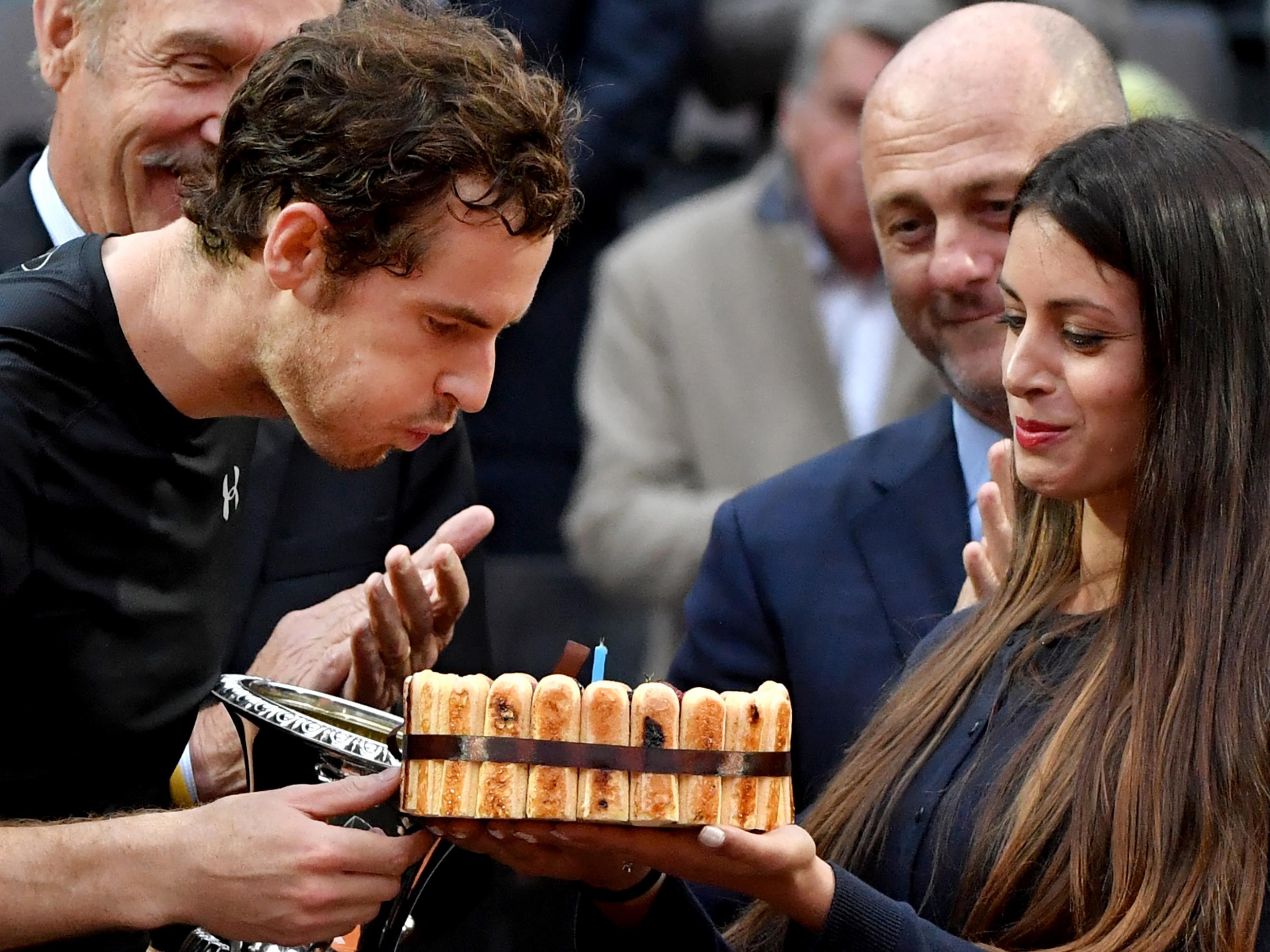
After his distinctly modest start to the clay-court season, which has brought defeats to Albert Ramos-Vinolas in Monte Carlo, to Dominic Thiem in Barcelona and to Borna Coric in Madrid, Murray’s best birthday present would be a good run in Rome, which will be his last tournament before the French Open starts in a fortnight’s time.
Following his astonishing feats in the second half of 2016, when he won nine of his last 12 tournaments to seize the world No 1 ranking from Djokovic, Murray has won only one of the seven he has contested this year and has sometimes looked a shadow of his former self.
Murray’s form prompts the question as to whether his best days might be behind him, especially given his advancing years. Historically, the statistics certainly suggest that tennis is a young man’s game.
Since 32-year-old Andre Agassi triumphed at the 2003 Australian Open, only four of the subsequent 56 Grand Slam tournaments have been won by men aged 30 or older. Federer won Wimbledon at 30 in 2012 and this year’s Australian Open at 35, while Wawrinka won the French Open at 30 in 2015 and the US Open at 31 last year.
The feats of the two Swiss have been at odds with even the comparatively recent past. Neither Bjorn Borg nor John McEnroe, for example, won Grand Slam titles beyond the age of 25. Boris Becker won his third and last Wimbledon title at the age of 21, while Pete Sampras won his seventh and last when he was 28. Apart from Federer, the last thirty-something to win the men’s singles at Wimbledon was 31-year-old Arthur Ashe in 1975.
These are, nevertheless, changing times. Improvements to fitness regimes, nutrition and racket technology, combined with the lure of rising prize money, have helped to extend the careers of modern-day players. Of the 128 men who started last year’s US Open, a record 47 were over the age of 30.
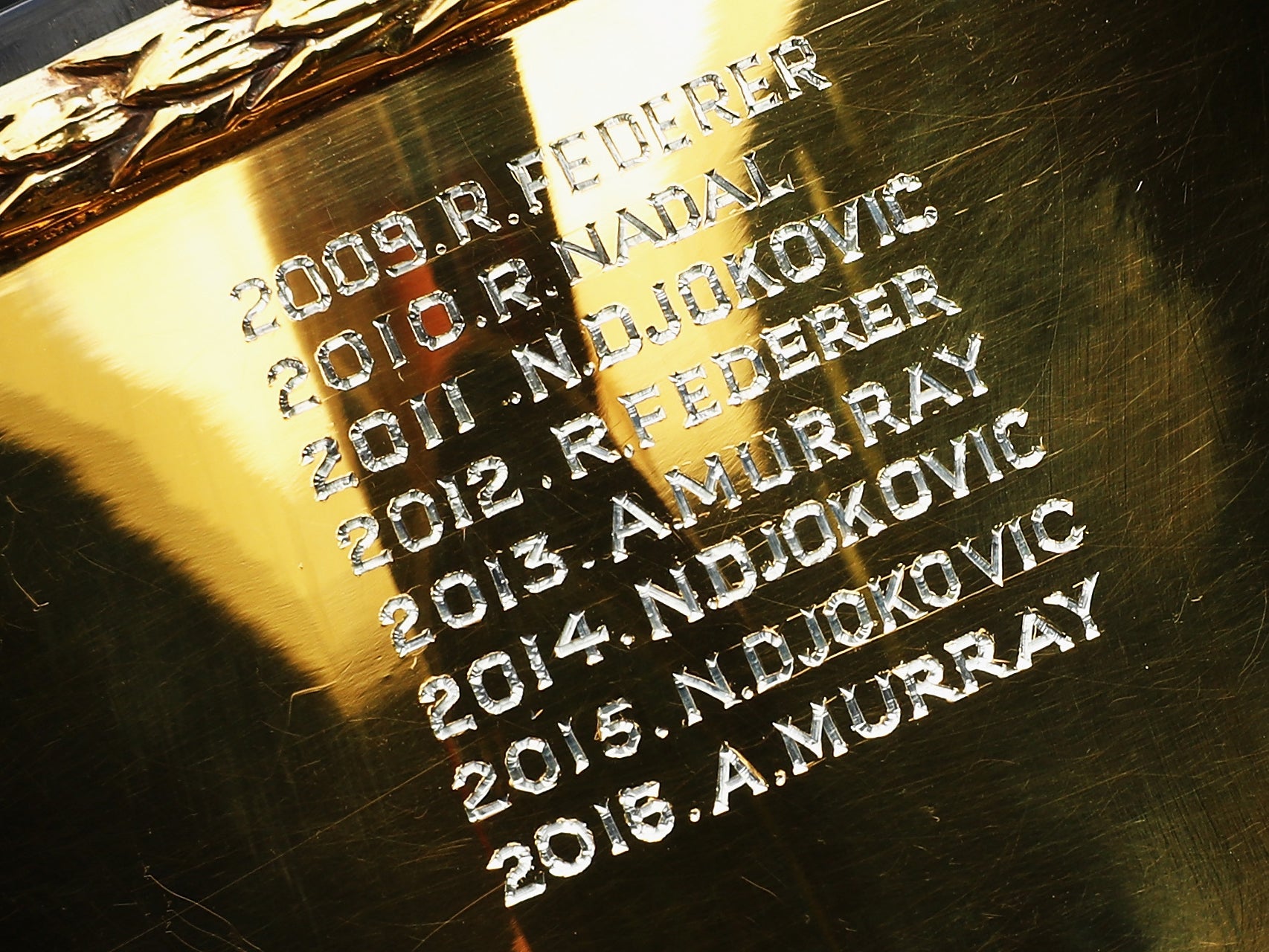
Murray, one of the fittest and strongest players on the tour, has had physical issues this year – he went down with shingles after the Australian Open and then suffered an elbow injury – but is optimistic about the future.
“I think I’ve got a good few years left in me,” Murray said. “Physically, this year’s been a little bit of a struggle but at the end of last year, I was absolutely fine, so I’m hoping that when I turn 30 it’s not the end and I’m not on a downward slope. All of my training sessions are good.
“Then it’s about winning matches on the court. I need to maintain my motivation and my standards. It’s certainly going to get tougher to stay right at the top because the younger guys are obviously going to get better and it’s not easy to improve as you get older. But you can still do a lot with experience.”
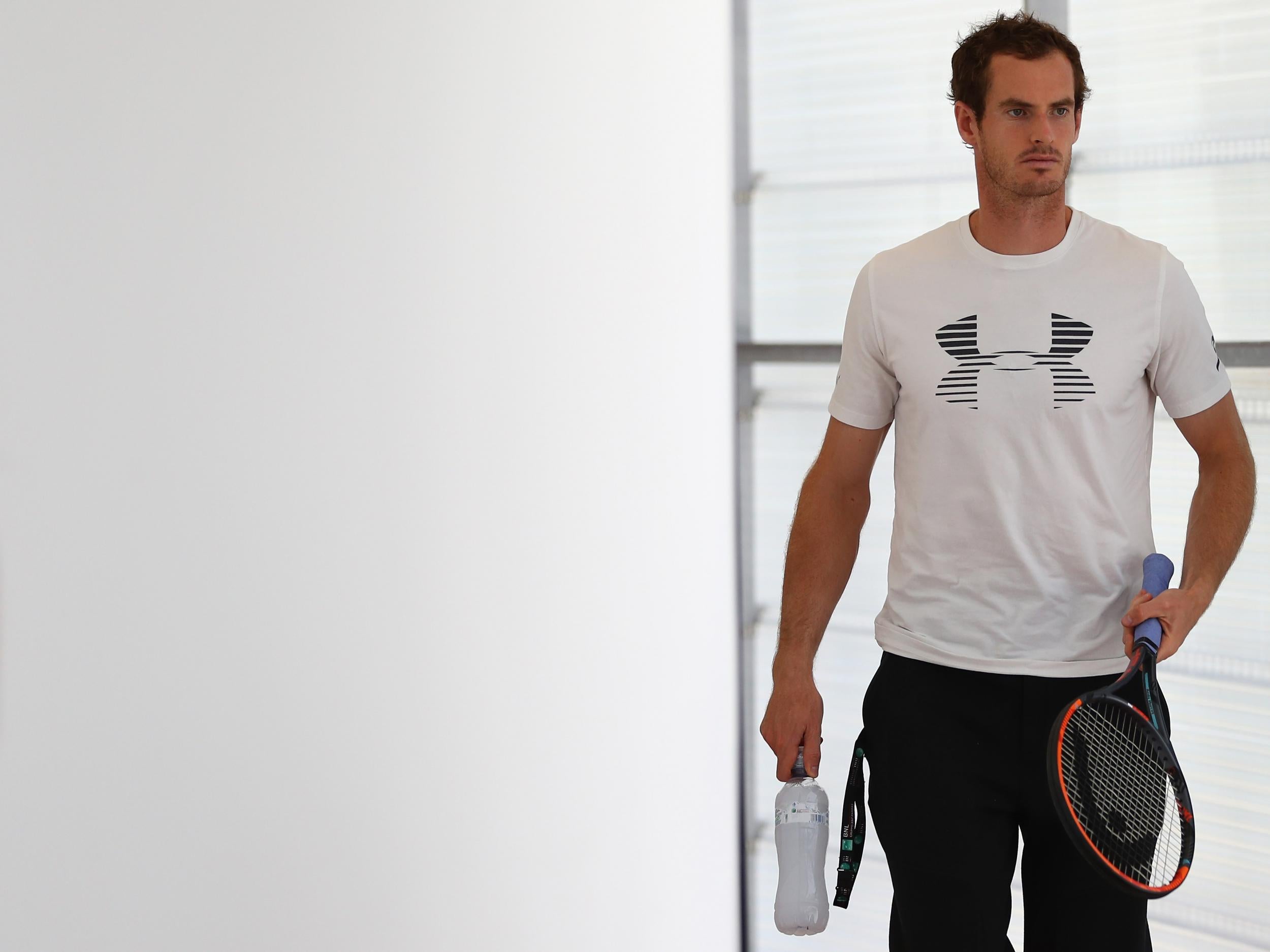
That experience should tell Murray that he needs to play a game that takes his age into account. For years the Scot enjoyed success thanks in large part to his durability, his defensive play and his counter-attacking instincts.
However, he finally started winning Grand Slam titles and eventually became world No 1 by taking greater risks. This year, as he has struggled to recapture his best form, there have been times when he has gone back into his shell and played a less expansive game. Not only does that place unnecessary demands on his body but it could also play into the hands of younger opponents.
While the long-awaited takeover by a new generation has yet to happen, it will eventually. Players like Nick Kyrgios, Alexander Zverev, Lucas Pouille and Thiem are improving rapidly.
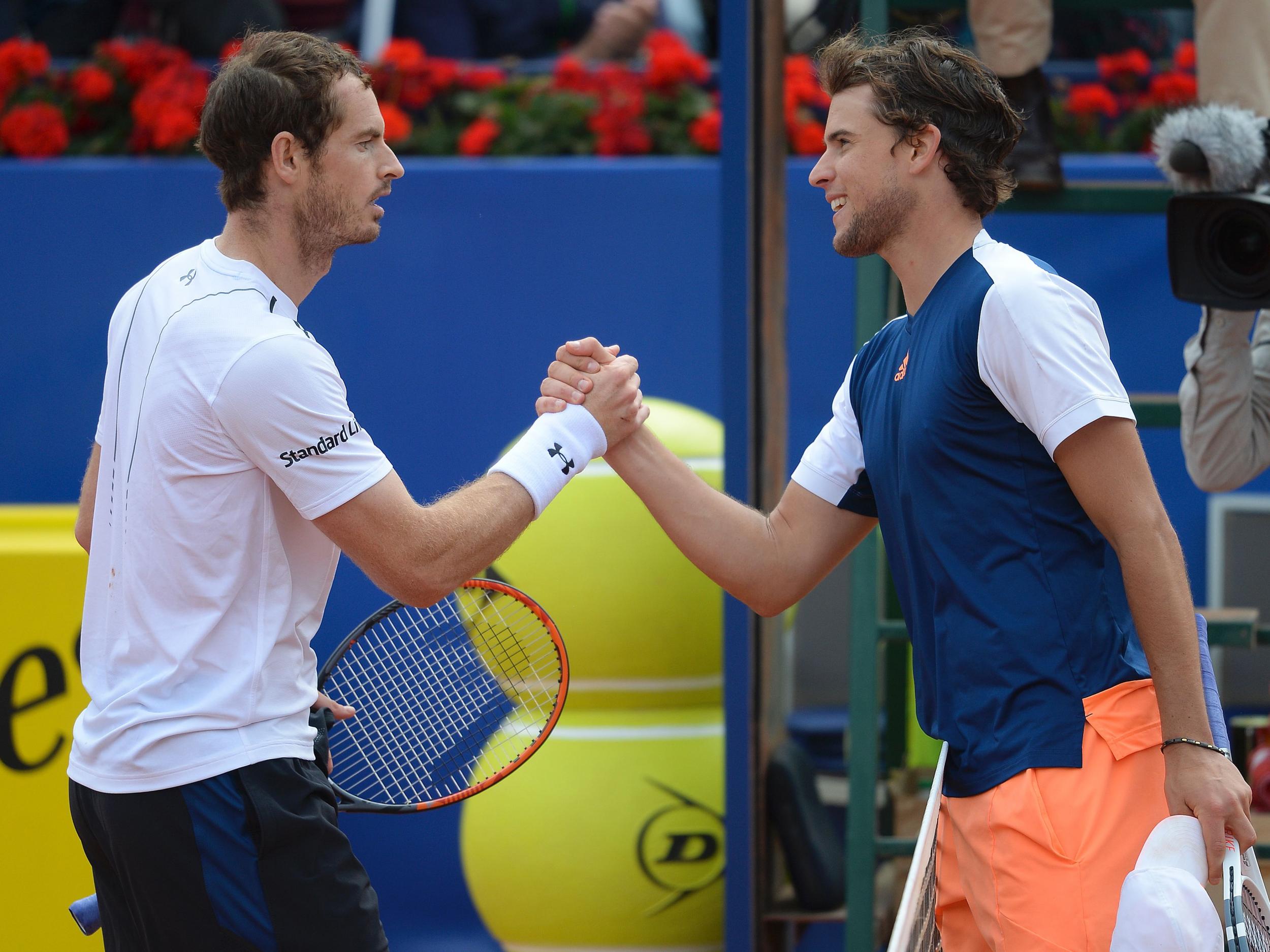
“There are a lot of talented younger guys,” Murray said. “A lot of them are big guys as well with very powerful games. They’re very dangerous. They will obviously be improving the older they get, they’ll be getting more experience and they’re working harder as well. There will be a tough few years coming up.”
Murray can learn from the extraordinary example of Federer, who was absent for the last six months of 2016 because of a knee problem but returned to become the oldest men’s Grand Slam champion for 45 years in Melbourne and went on to complete the “Sunshine Double” in Indian Wells and Miami.
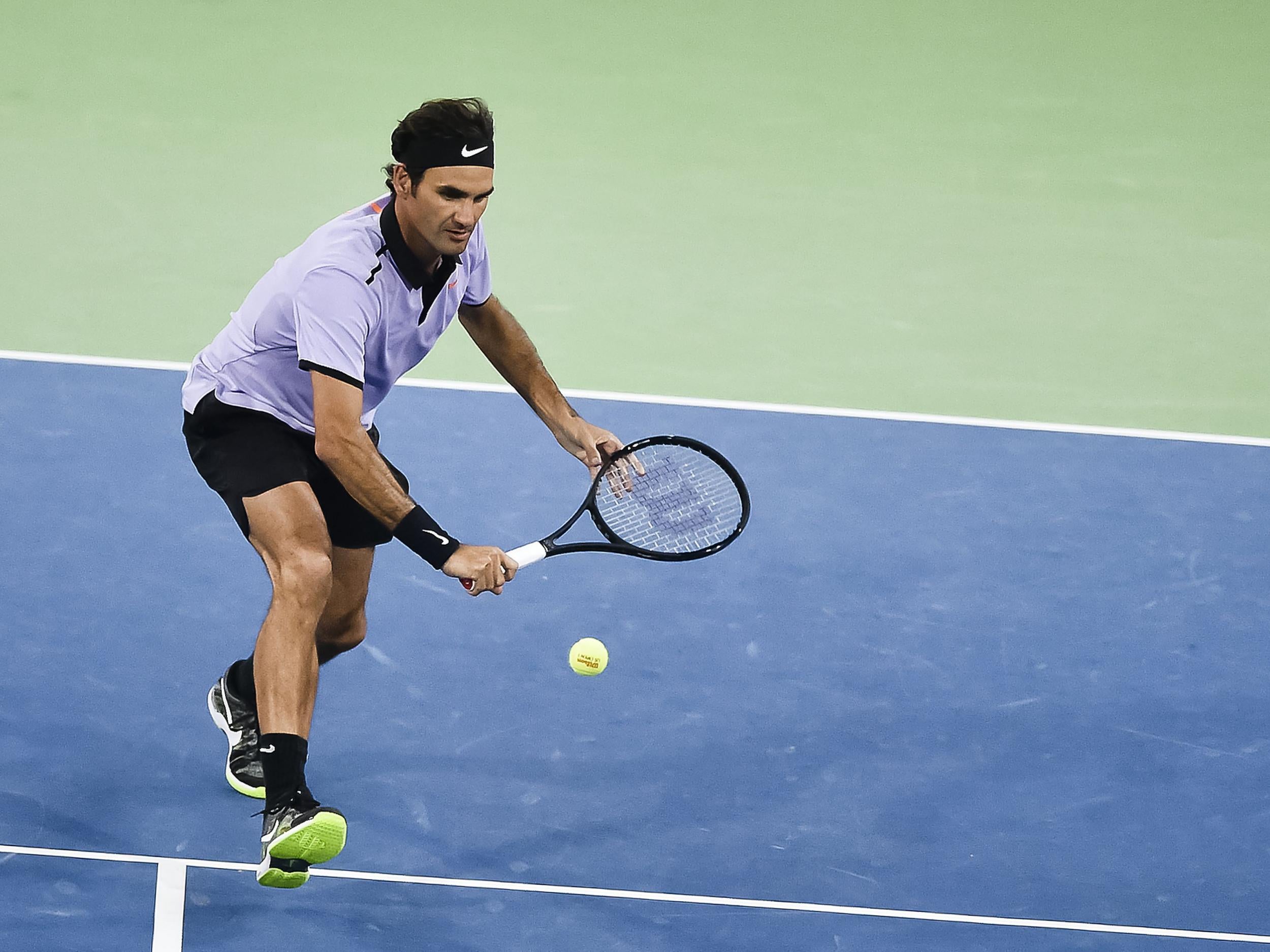
One of the keys to Federer’s successful comeback has been his all-out attacking game. The Swiss has never been one to be drawn into lengthy rallies, preferring instead to shorten points by being the aggressor, but this year he has taken his offensive game to another level. Winning (or indeed losing) points in double-quick time is the best way of keeping down the mileage on your body clock.
Being careful with his schedule – Federer has not played for the last six weeks and may yet skip the whole of the clay-court season including the French Open – is helping to extend the 18-times Grand Slam champion’s career.
That could point another way forward for Murray. While the Scot’s Herculean efforts at the end of 2016 brought their reward with his crowning as the year-end world No 1, the suspicion is that they may have left him drained at the start of this year, in the same way that Djokovic appeared to pay a price for the energy he expended in winning last year’s French Open to become the first man for 47 years to hold all four Grand Slam titles.
There can rarely have been a time when the top two in the world rankings – currently Murray and Djokovic – have started the year with such moderate results, but both will be putting their faith in the old adage that form is temporary but class is permanent.
Join our commenting forum
Join thought-provoking conversations, follow other Independent readers and see their replies
Comments